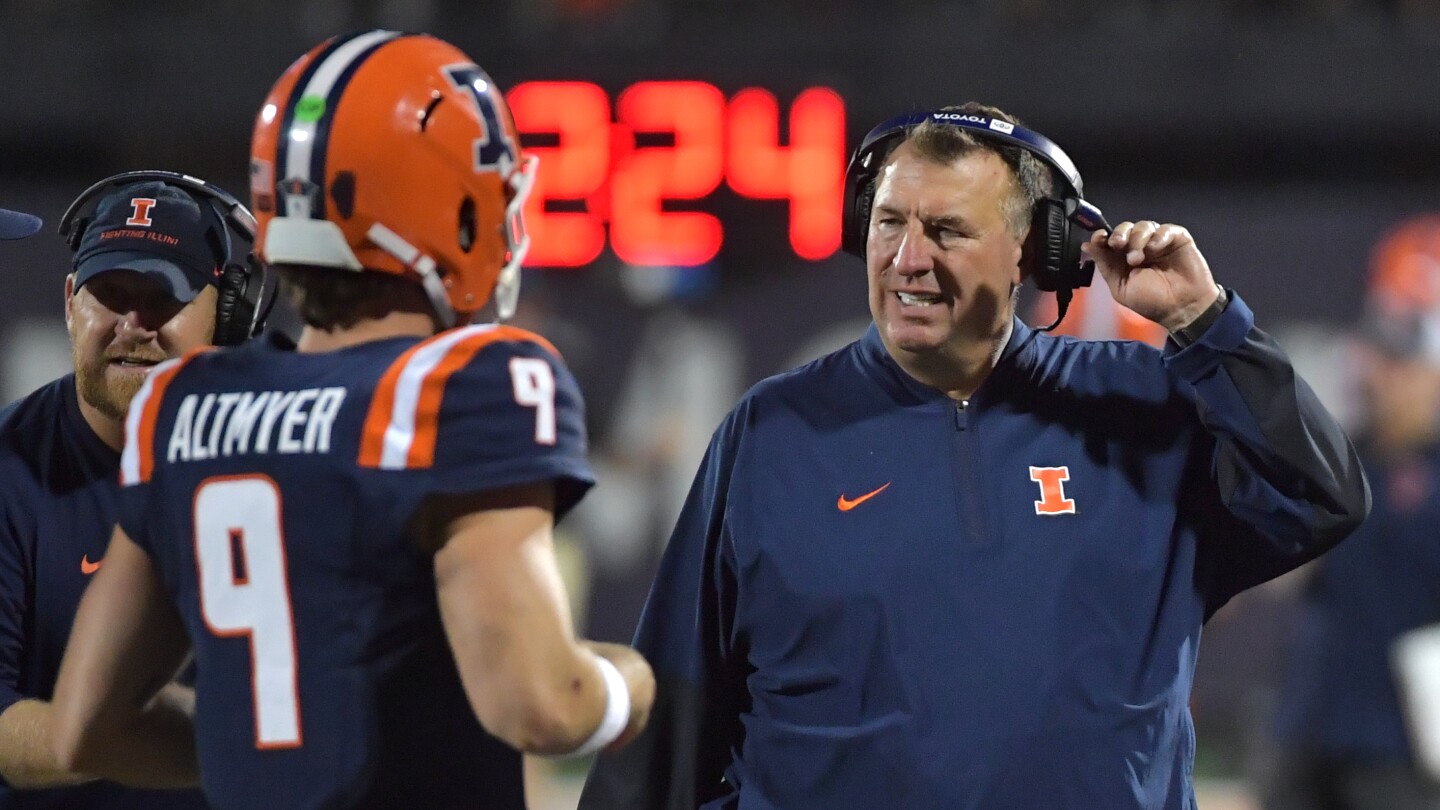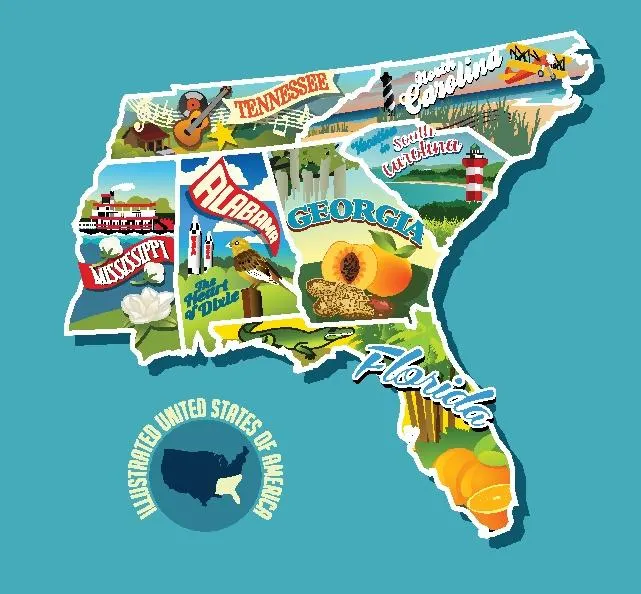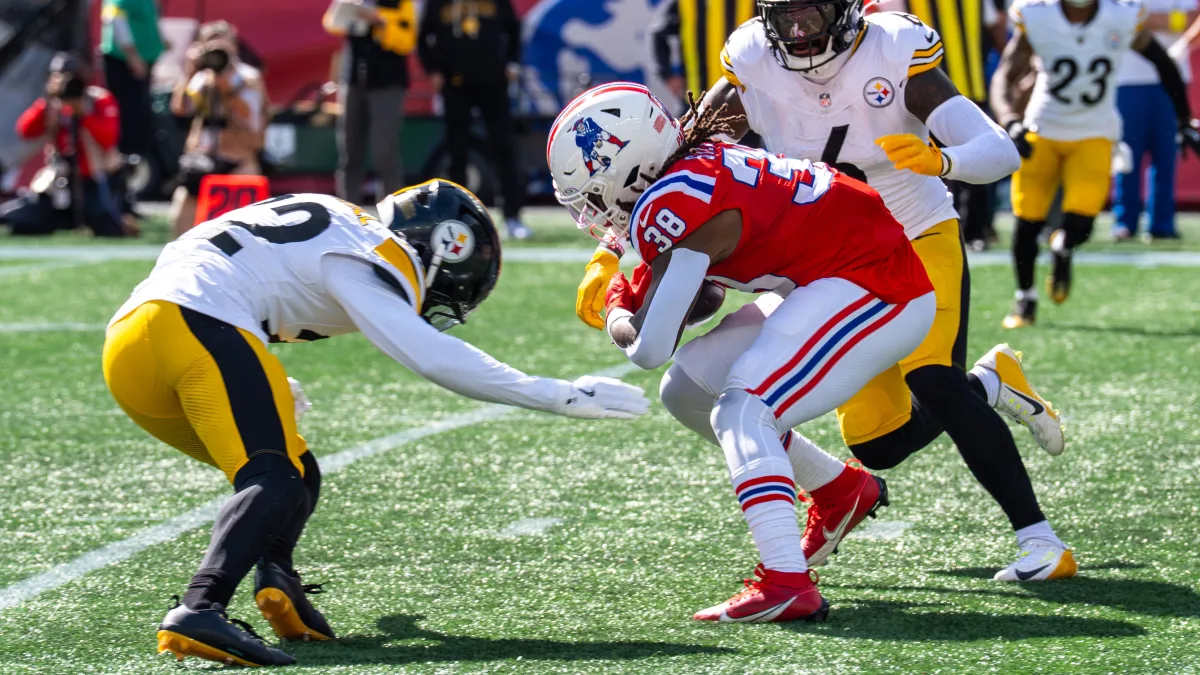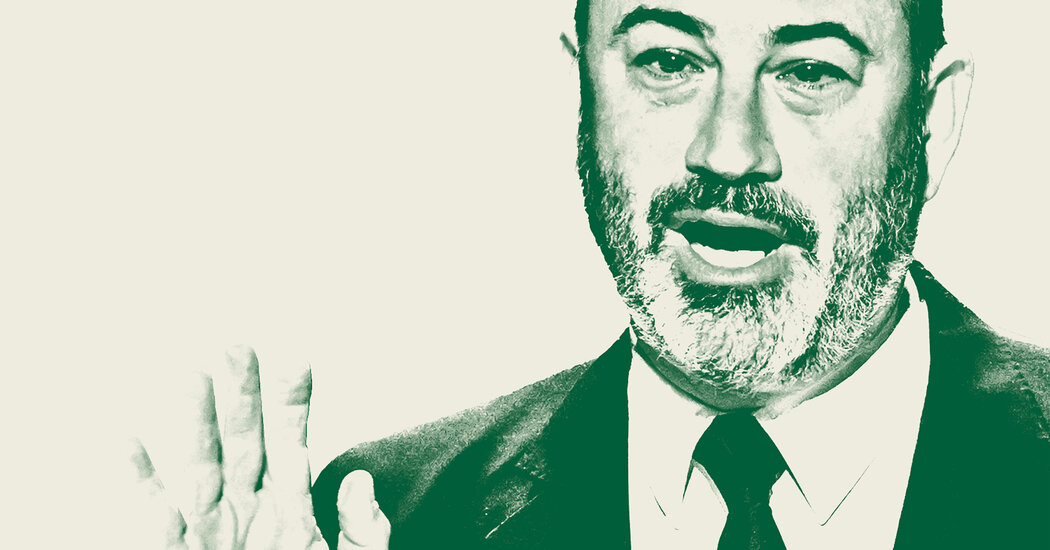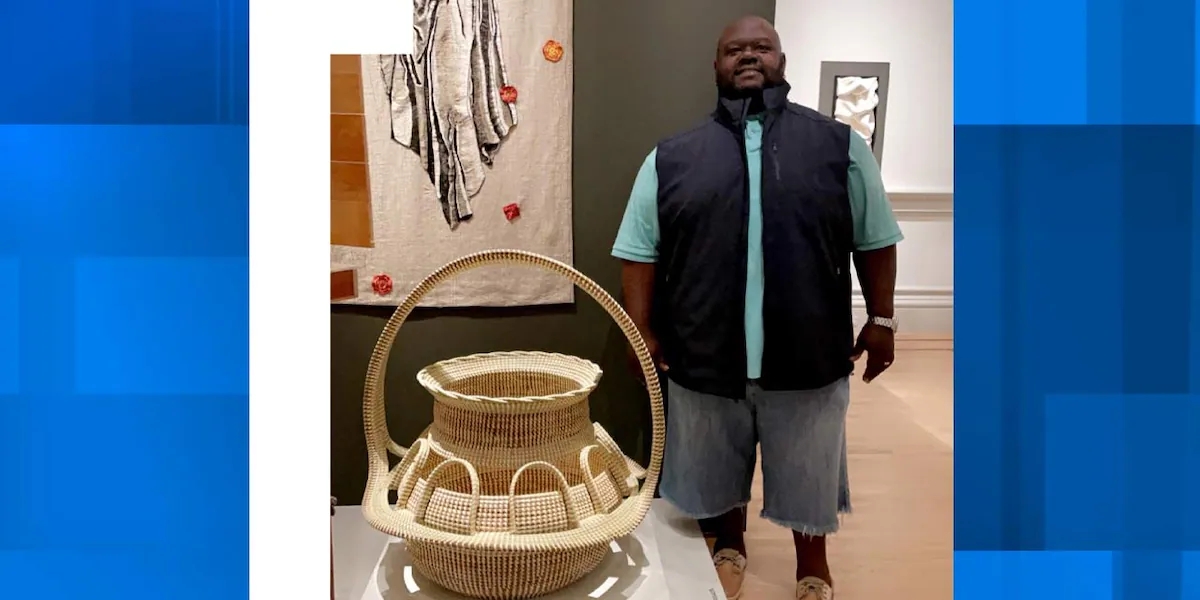
MOUNT PLEASANT, S.C. (WCSC) – A White House-ordered review of the Smithsonian museums could result in the removal of a Lowcountry sweetgrass basket maker’s work.
The internal review is designed to remove what the Trump administration considers “divisive.” The review will include the National Museum of African American History and Culture, where a couple of Corey Alston’s baskets are currently showcased.
Alston, a Mount Pleasant native, has been preserving his ancestry for 22 years.
By building from the center, he stitches four natural grasses of pine needle, palmetto, bulrush and sweetgrass to make these handwoven houseworking tools known as sweetgrass baskets. It’s an art form that for more than 300 years has only been found along the Carolina coast.
“Every little pocket of communities are known for something. You have cast-net making, canoe making, storytelling, spices and cooking, religion and language, and we’re a part of the weaving side of us,” Alston said.
This tradition weaves back to the 17th and 18th centuries, when thousands of Africans from the Windward Coast, the Gold Coast and the Rice Coast of West Africa were forced to the shores of the New World, specifically the Colony of Carolina, all because of their brilliance and knowledge of rice cultivation.
“Throwing the raw rice in the air with this tool was a way of threshing or cleaning the raw rice,” Alston said. “The rice became such a crop, it made Charleston one of the richest cities for 90 plus years off of the back of the enslaved.”
Language, food, religion and even medicinal practices all came with them, draped and rooted in heritage in Africanisms we now know as Gullah Geechee culture.
“In 2006, the United States Congress recognized this cultural identity here and they established what we know today as the Gullah Geechee Culture Heritage Corridor, which extends all the way from Wilmington, North Carolina, all the way down to Saint Augustine, Florida,” Michael Allen, a retired National Park Service official said.
Allen is a historian who said he recognizes our country is now in a time and season of discussing history and culture. He believes all voices and all stories need to be told and incorporated in the American journey.
“There’s a resiliency, I guess, in the whole culture dynamics of willing to step forth to preserve, to protect and to sustain and to maintain this part of our cultural integrity,” Allen said.
President Donald Trump signed an executive order in March pushing for an internal review of some Smithsonian museums to ensure no “divisive or race-centered ideology” can be found. The administration plans to initially focus on eight museums, including the National Museum of African American History and Culture.
“It’s a great joy to be able to display our artwork at museum levels because it tells a story of our ancestry,” Alston said. “It keeps it going. For those that never heard of Gullah people, this is the conversation starter.”
Alston said talks of possibly removing certain items at the Smithsonian level is saddening. He believes it would be erasing history that helped build America.
“You see a massive piece in a museum in another state, in another city and now you want to know, ‘Who are these people? Who are these people creating art from marsh grasses?’ And it will fall back on the Gullah community,” Alston said.
Along Highway 17 in Mount Pleasant, also known as Sweetgrass Makers Highway, there are sweetgrass basket stands at nearly every intersection. That’s because the Town of Mount Pleasant is the cornerstone of the preservation and art of Gullah sweetgrass basket making.
“I am extremely proud to see the stands up and down Highway 17, because there’s no other town in America that has them,” Alston said.
He said it’s a community determined to keep the original stands where anyone could and still can buy an elegant Charleston relic of the Gullah bloodline that’s still flowing and building from the center.
